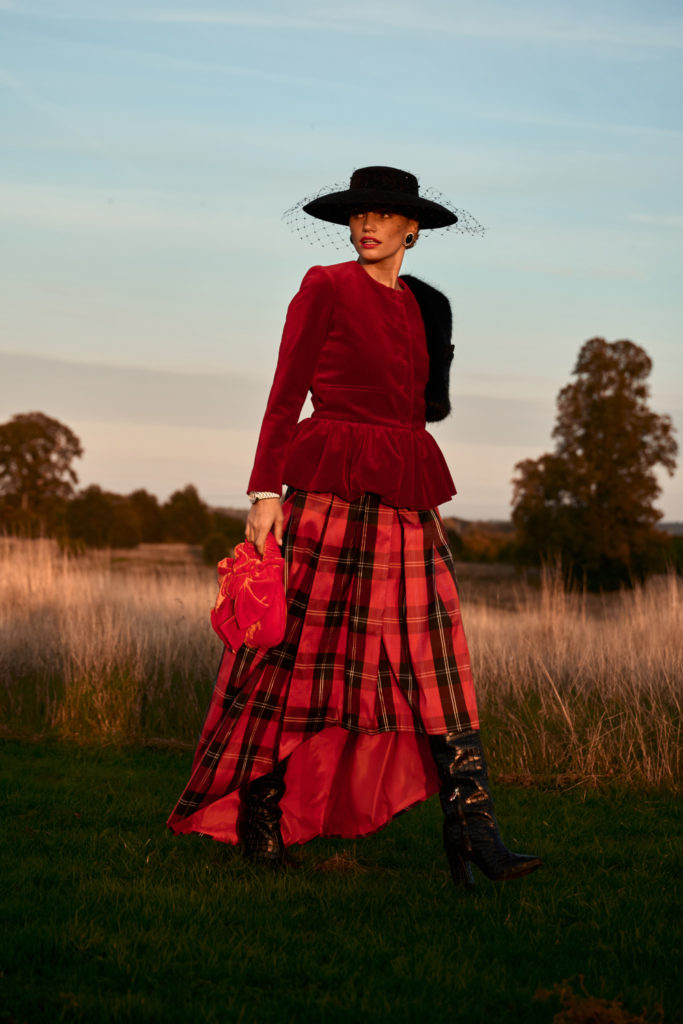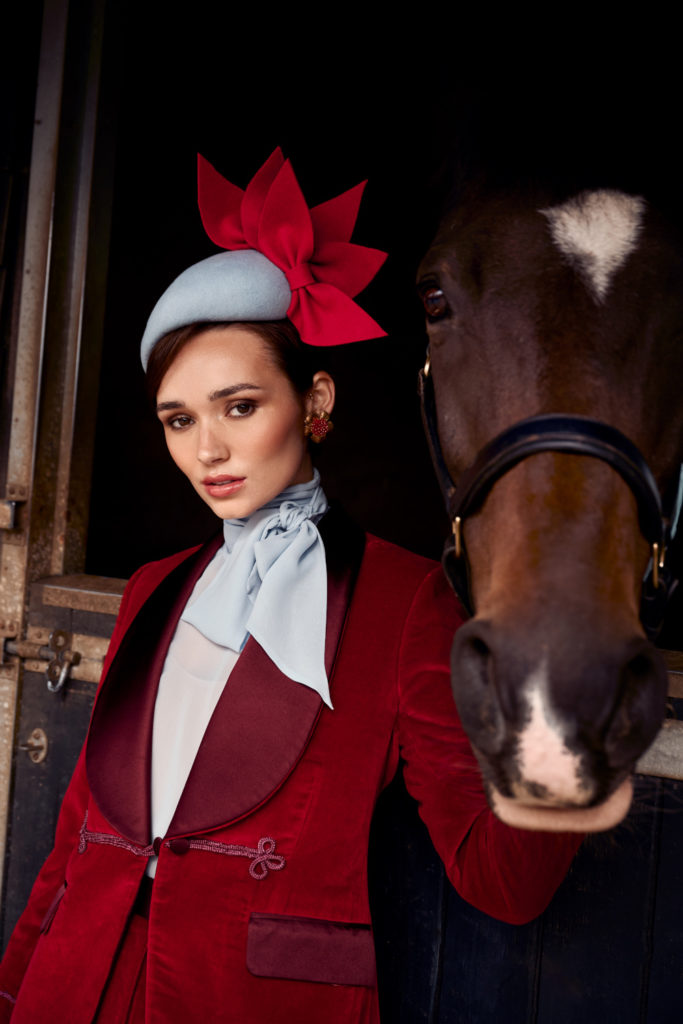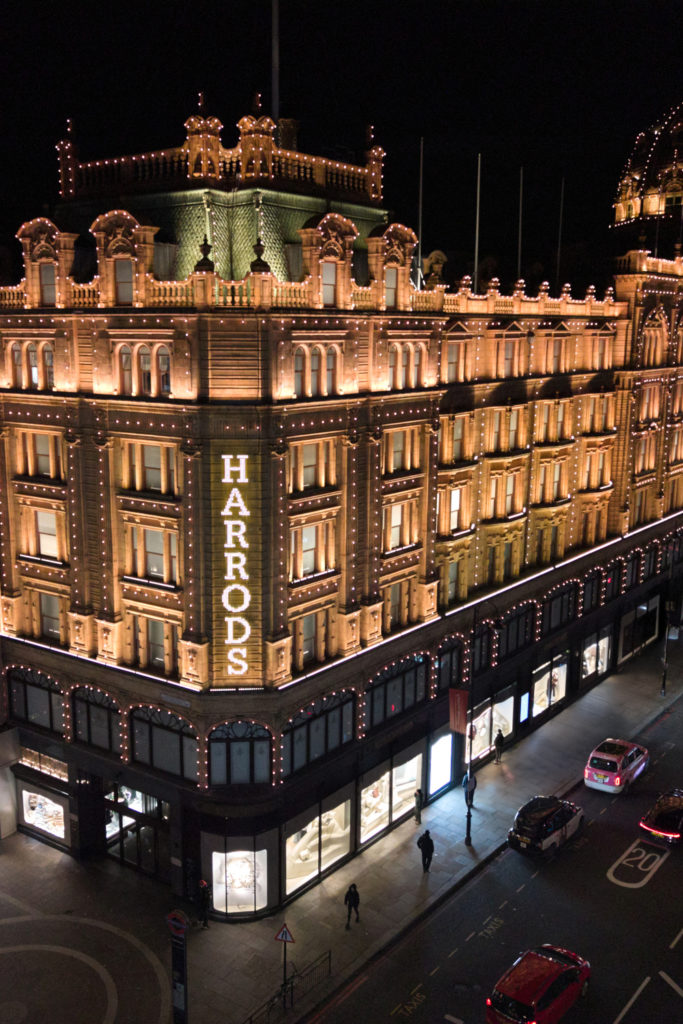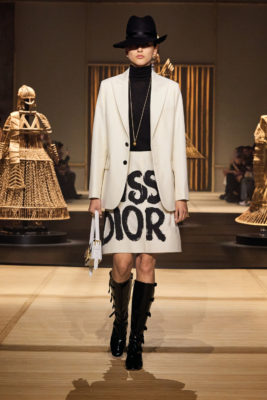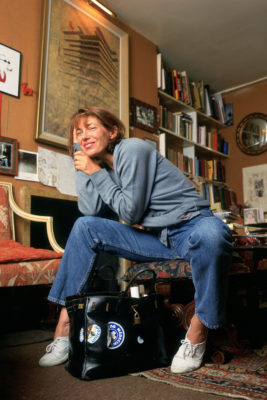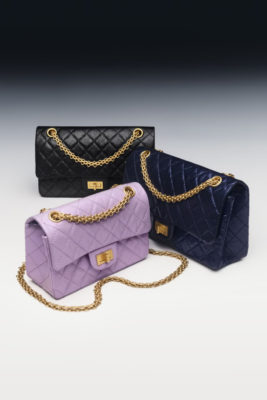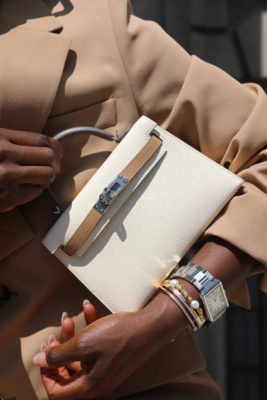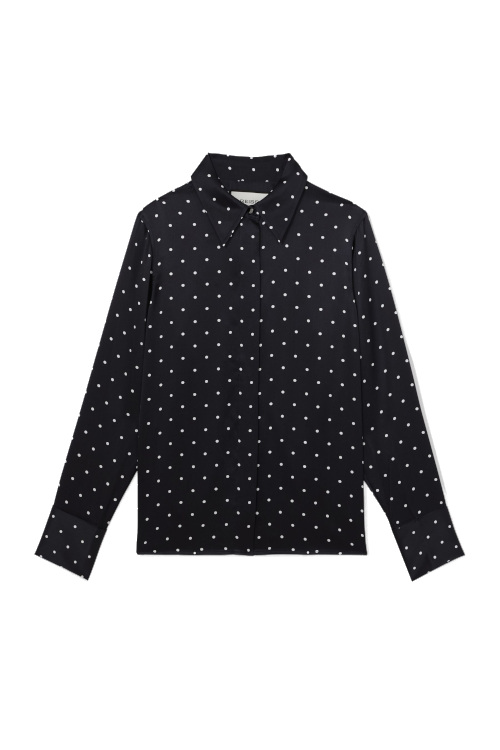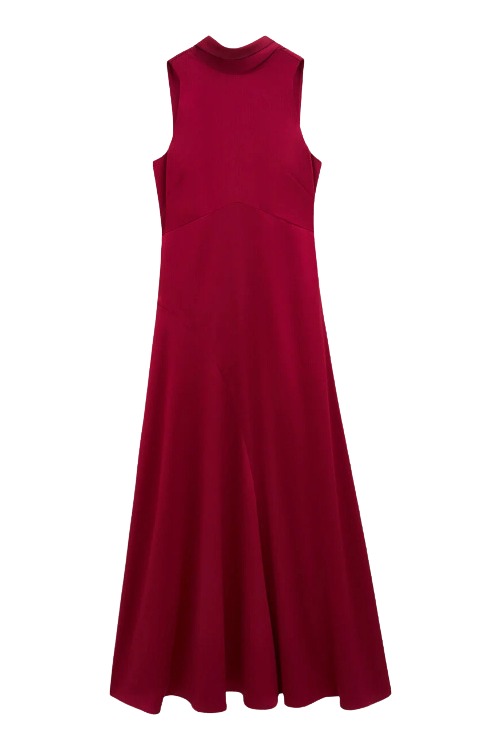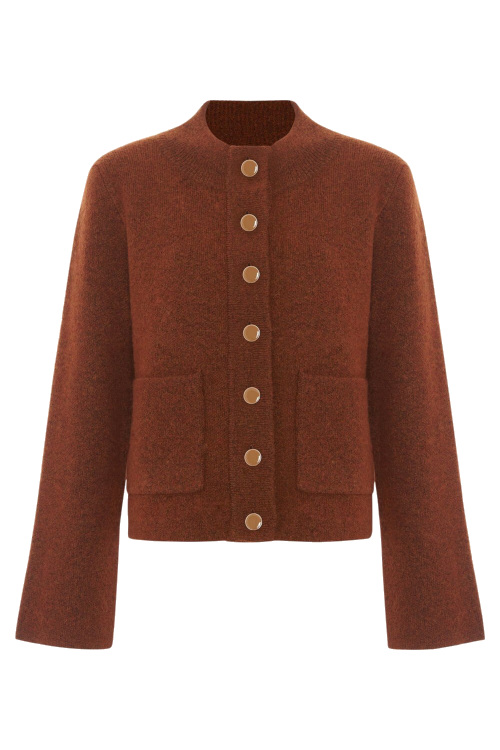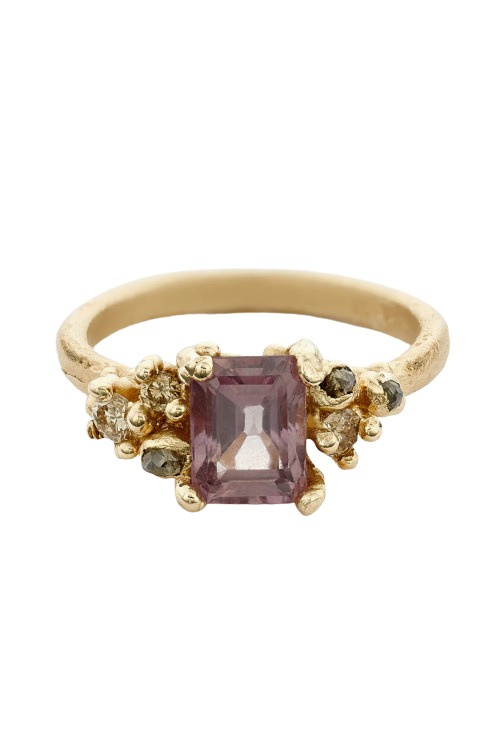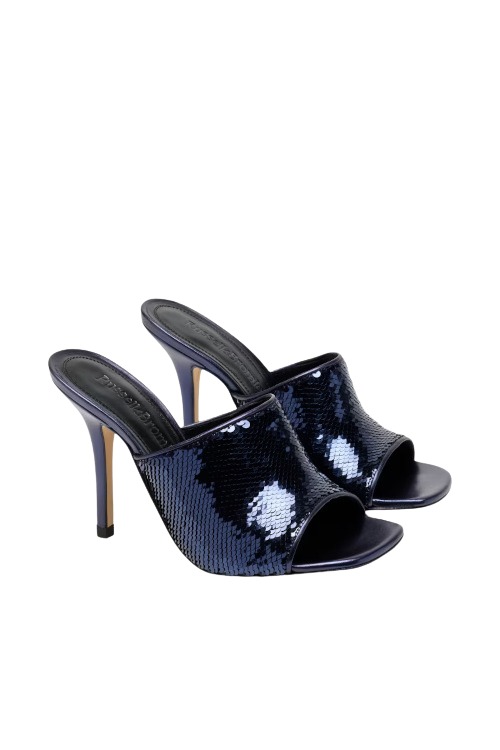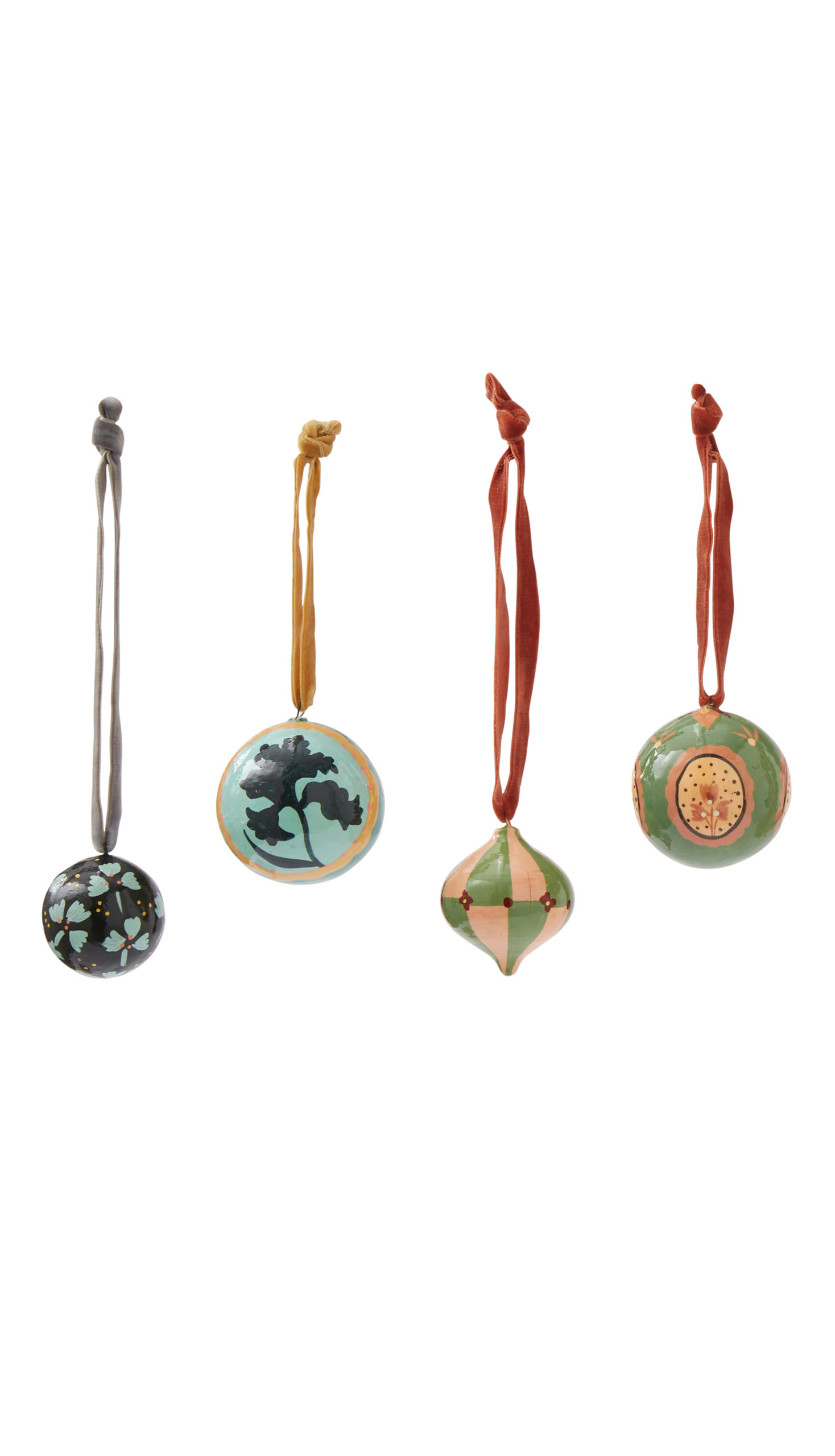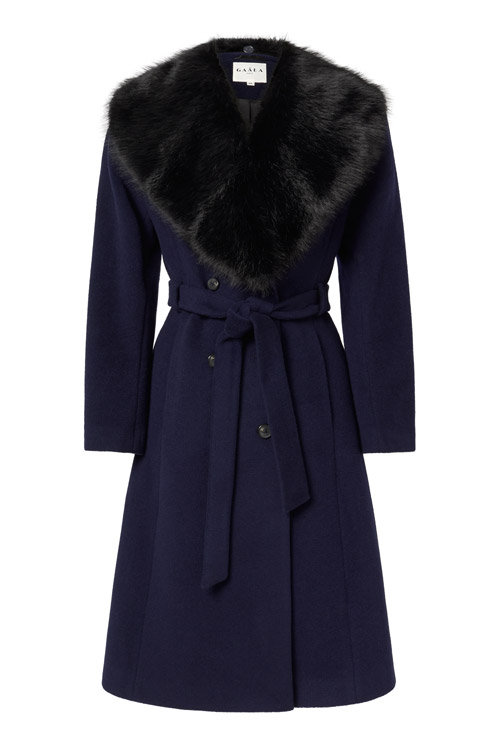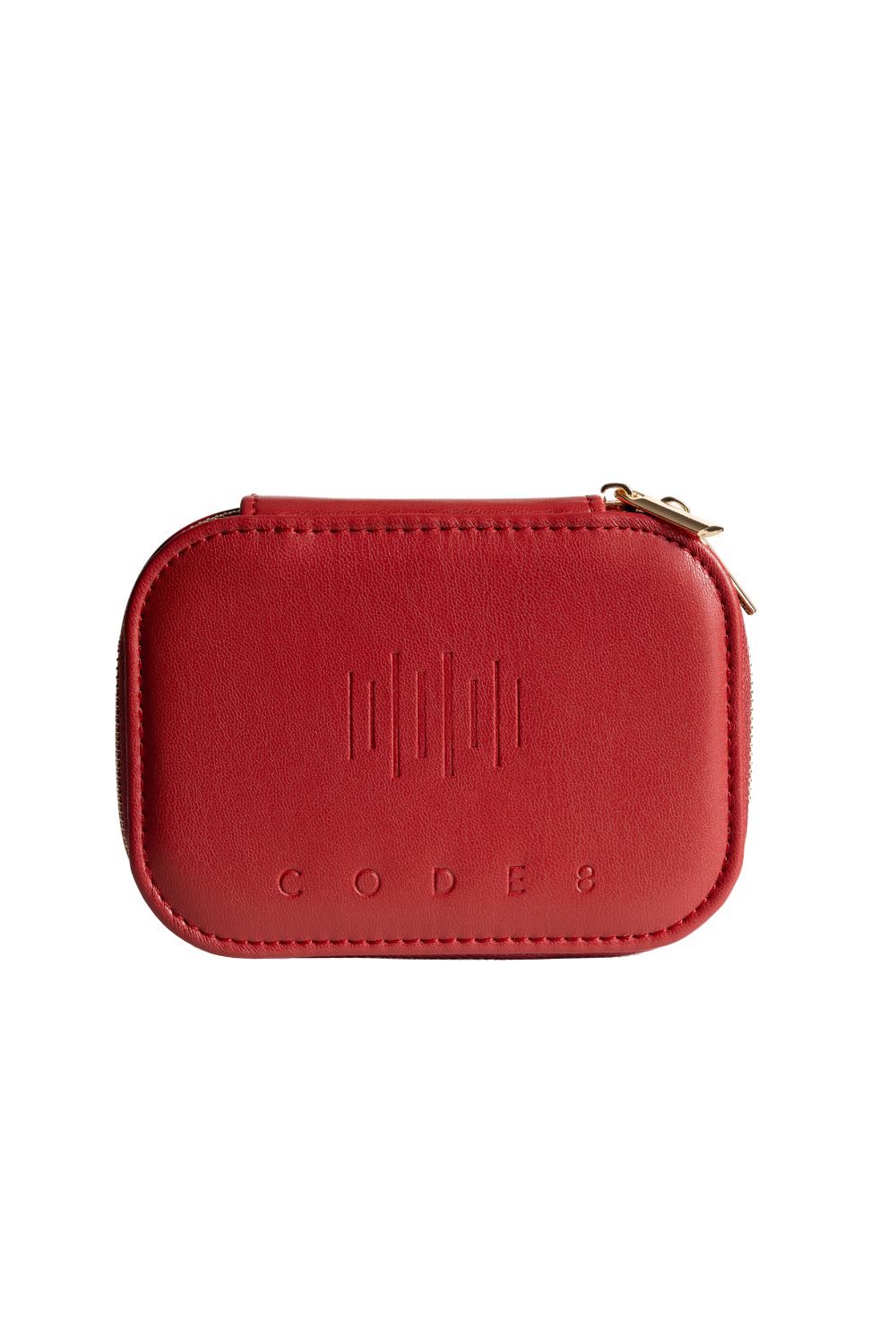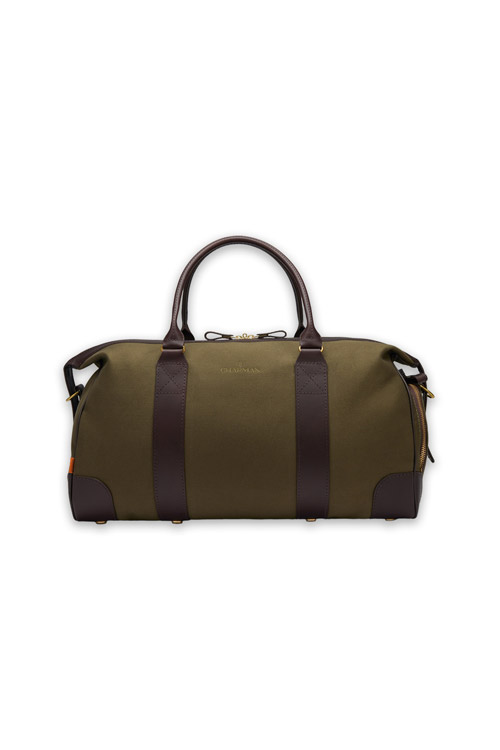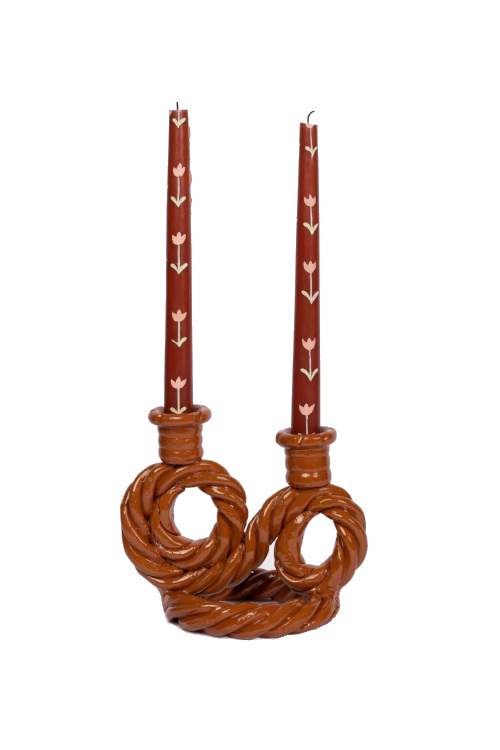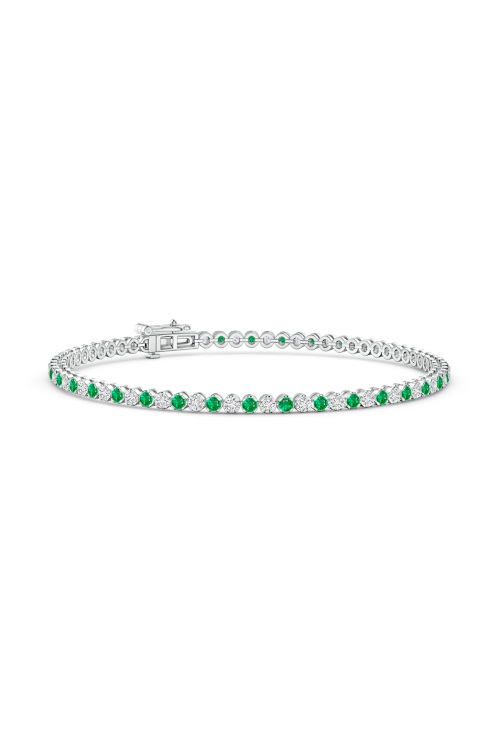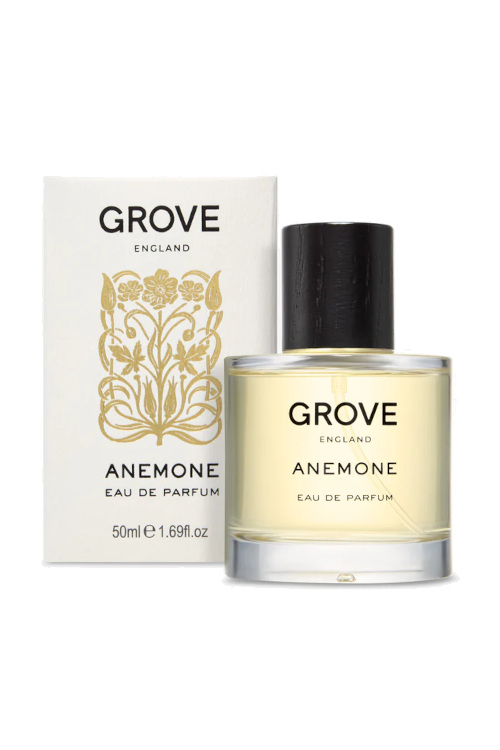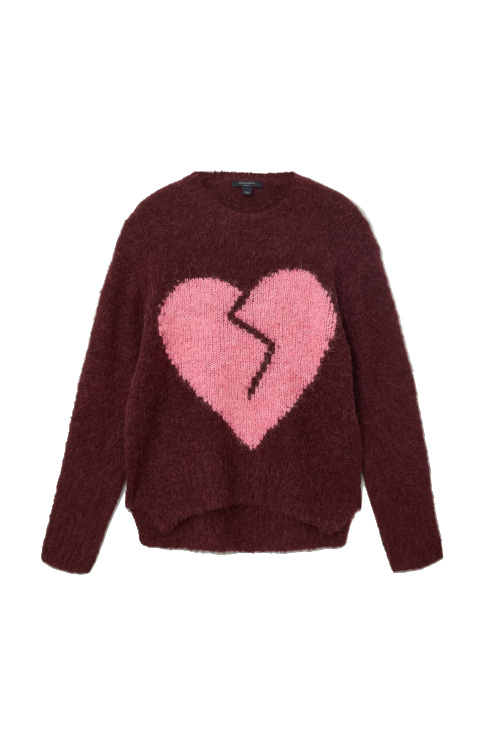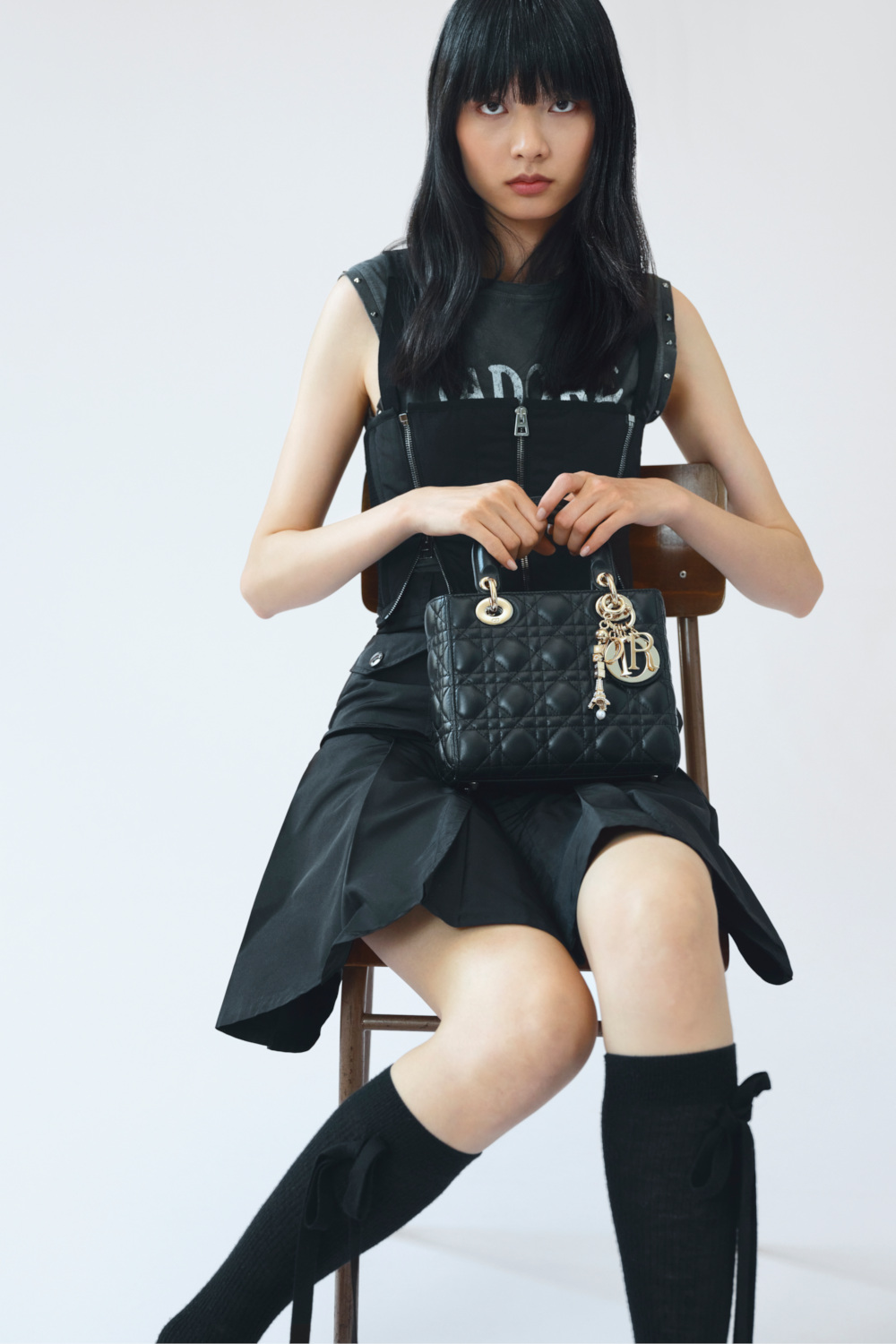
What’s Next For Lady Dior?
By
5 months ago
A new creative director could spell a new chapter for one of the house's most famous designs
Not every luxury house has The One – a bag so timeless and enduring that it defines a generation. For Dior, that bag is the Lady Dior. Born of chance, made famous by Princess Diana, and reimagined through every fashion era since, it remains a cultural talisman of modern luxury. And now, with a new creative director at the helm, Lisa Armstrong can’t wait to see its next iteration.
Luck Be A Lady: Tracing The Heritage Of The Lady Dior
Every luxury brand needs The One – the bag that becomes a perennial bestseller. The value of a talismanic product that already exists, that doesn’t require a 50-strong design team toiling away on a bunch of misses until they eventually (maybe) come up with a hit; a bag that’s steeped in more, not less, relevance and mystique as the years roll by, makes The One a unicorn of modern luxury. It’s the antithesis of a product that has a lifespan of two to four years, fuels a brand to unprecedented financial heights (and unprecedented shareholder expectations) before imploding, bringing reputations and CEOs down with it. The keepers come along rarely. Often there’s a woman in the picture.
Chanel, the brand, had been in existence 45 years before the black quilted 2.55 arrived in 1955 initially as a side note to Gabrielle Chanel’s shaky comeback.
Hermès was almost 150 years old before the Birkin was launched on an unsuspecting world in 1984 after the then CEO, Jean-Louis Dumas sat next to the British actress Jane Birkin on a flight from Paris to London. Birkin, then a young, bohemian mother with a fashionable reputation to maintain, struggled to cram her straw tote into the overhead locker and explained how hard it was to find a bag that answered all her needs as well as her aesthetic values to Dumas. He sketched out a possible solution then and there. The rest is fashion industry legend.
Perhaps explode is overstating it. It was Gianfranco Ferré, arguably the most underappreciated of the seven creative directors who have worked at Dior, who designed it. A neat yet chunky, top-handled bag in leather cannage (a criss-cross motif that echoed the patterns on the Napoleon III-style raffia chairs on which Christian Dior seated guests at his fashion shows), with dinky little charms that spelt the brand name dangling from one handle. Unofficially it was called the Chouchou and was politely rather than rapturously received.
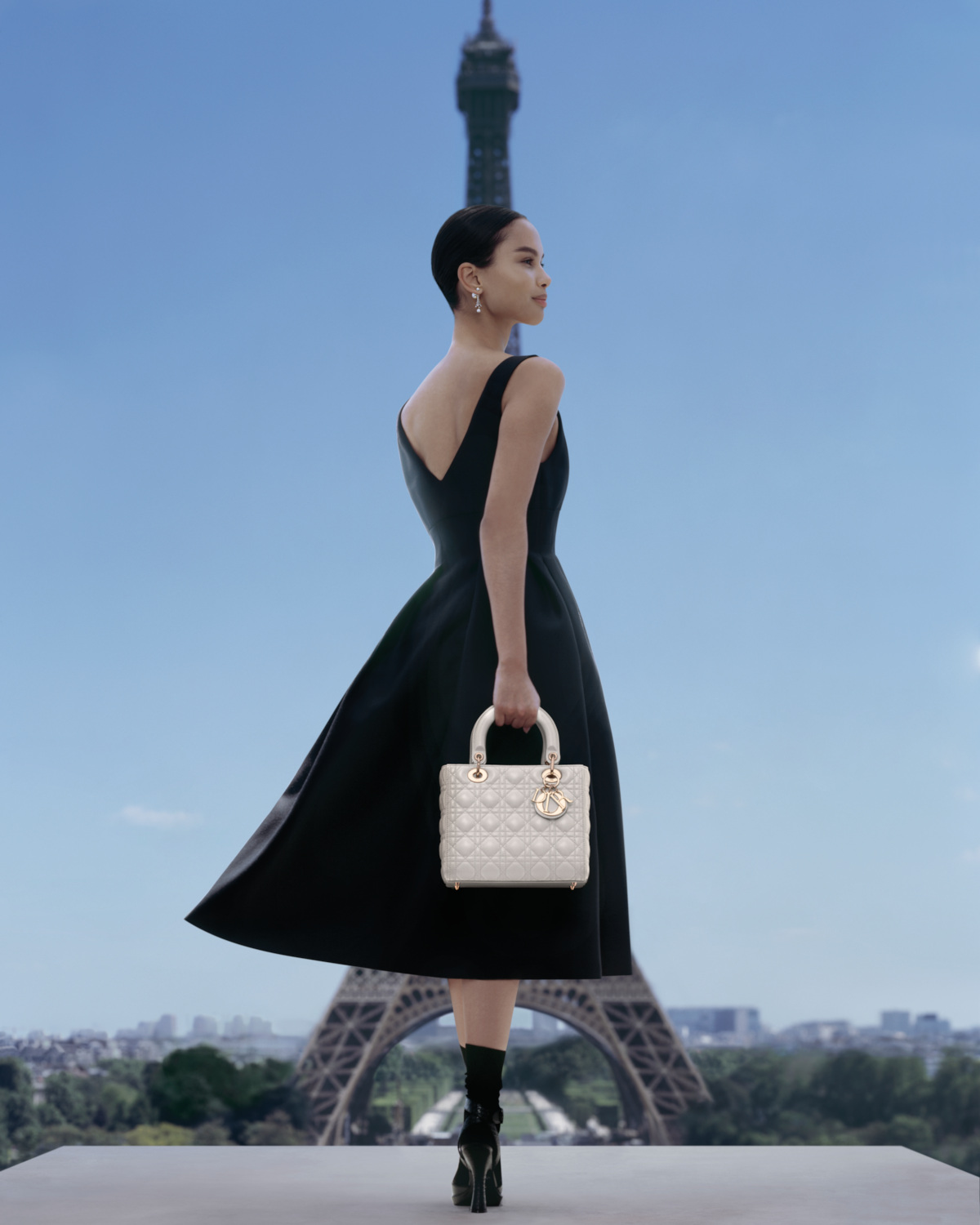
(c) Brigitte Niedermair
The Lady Dior didn’t explode on the scene until 1994, a full 47 years after Christian Dior opened his fashion house in a still grey, war-weary Paris in 1947.
Perhaps it was the name – chouchou is an affectionate term in French akin to darling or sweetie and may have seemed rather twee at the time – or the fact that the era of It bags was still a year or so away, but its ripples were initially confined to the ladies who lunch who made up the faithful troops of Dior customers, rather than the loucher figures – Kate Moss, Courtney Love, the Gallagher brothers, Quentin Tarantino, who were on the rise.
Then in a fortuitous twist, two leading female figures of the era entered the story. In September 1995, Princess Diana touched down in Paris to visit a Cézanne exhibition. This was two months before her fateful Panorama interview with Martin Bashir would air to 23 million Brits (in a country that then boasted a population of 58 million). She had been officially separated from Charles for three years, but the couple had not yet divorced. That would come a few months after the Paris trip, precipitated by that interview.
Jacques Chirac was president of France. His wife Bernadette was charged with finding a suitable present for the princess who had everything. Everything, it would seem, but a Dior bag. Madame Chirac duly presented Diana with a shiny black Chouchou, with gold hardware. Unlike many gifts the royals receive, including, notoriously, a model-sized ship in solid gold from a Middle Eastern prince, this one didn’t end up stuffed into a cupboard. Far from it. Diana, freed from many of her royal obligations, including the ones pertaining to wearing British accessories, wore her Dior bag, now renamed the Princesse, on repeat.
In the minds of the public, that bag became, subliminally at least, a visual manifestation of the princess’ radical enfranchisement. Her wardrobe, masterminded by Gianni Versace, and hair, tended to by Sam McKnight, became sleeker, her heels higher (separated from Charles, she no longer had to underplay her height) and her bags more international and luxurious. She loved that Dior.
Apart from anything, its precise, symmetrical angles meant that unlike many of the dainty clutches she had carried as an HRH, it was sufficiently roomy to house useful items – a wallet, car keys, passport, all symbols of her new freedom.
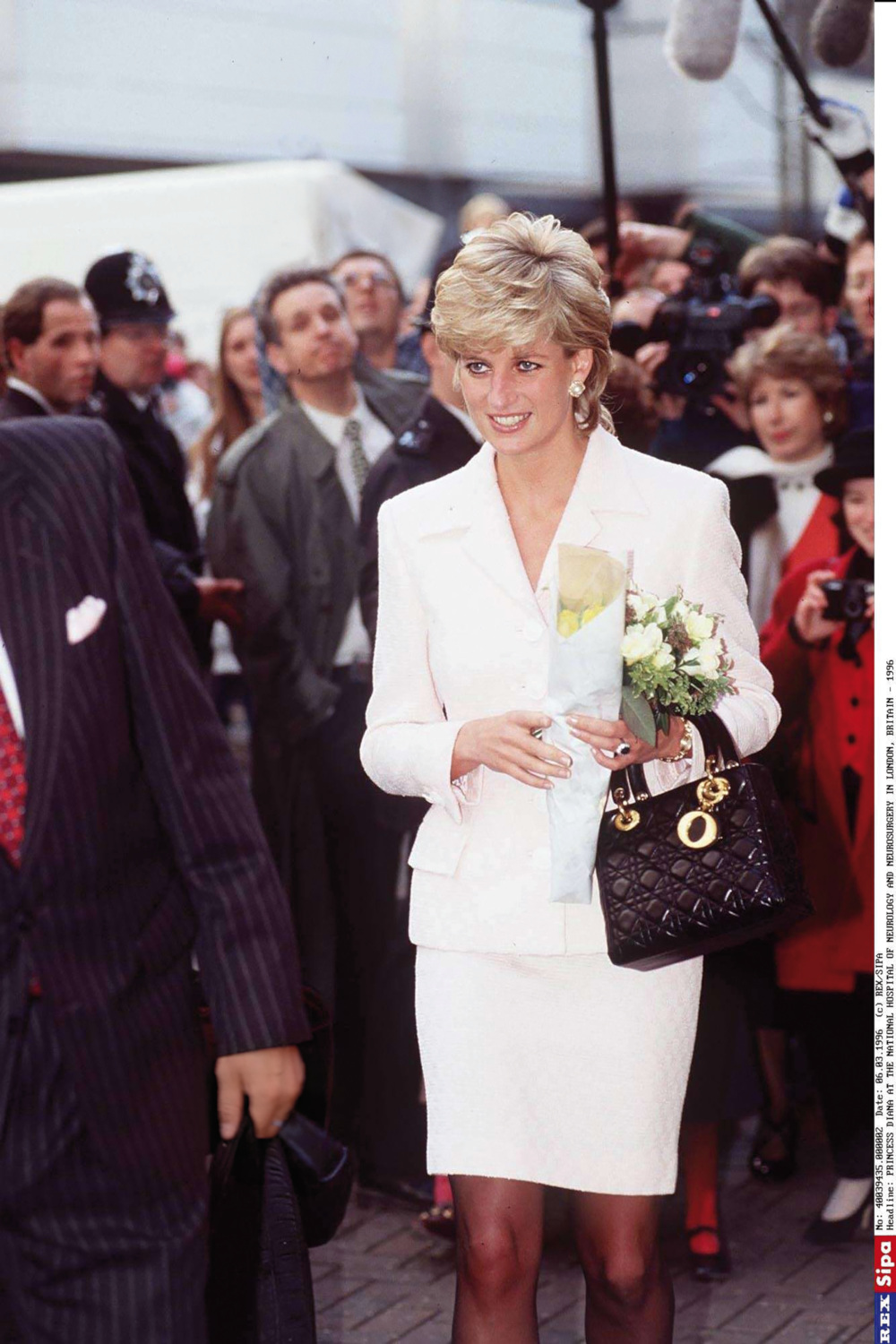
Princess Diana wore her Lady Dior on repeat (c) REX, SIPA
The fashion world took note of its repeated outings. How could they not? They coincided with the fashion world’s version of Big Bang: namely the advent of the It Bag. Prada had already had a notable hit in the early 90s with its nylon rucksack, supposedly an anonymous piece of kit (except for that anything-but-anonymous triangle) that was deliberately utilitarian.
Prior to that, bags just hadn’t been that much of a thing. Shortly before her wedding in 1981, Diana burst into tears on a visit to Bellville Sassoon, the team charged with designing her going-away outfit. She’d forgotten to organise a coordinating bag. That’s how minor bags were in 1981. Bellville Sassoon made one to match her peach-coloured suit from some leftover fabric, setting the pattern for the next nine years.
When Madame Chirac gifted Diana her first Dior, fashion was on the cusp of an era of supersized fashion deals, jet propelled by a succession of It bags that would be as eye-catching as candy and become a major part of fashion’s narrative.
First came a fresh iteration of Gucci’s Horsebit bag in 1995, dreamed up by a young new designer at the house called Tom Ford. In 1997, Fendi launched the Baguette, a decorative flibbertigibbet that became such a pop cultural sensation, it rocket fuelled the family firm to supernova status. In 1999 Fendi was 51 percent acquired by Prada and the LVMH group in a deal that valued it at around £700m, an unprecedented sum of money for a mid-sized fashion brand at the time, and one that underscored the mighty-mouse potential of the right bag.
Dior’s Princesse, now renamed yet again as the Lady Dior – a play on Lady Dee, the affection name the French had always called Diana and, more obliquely, a reference to Christian Dior’s beloved, courageous sister, Catherine, who had been in the French Resistance during the Second World War and imprisoned in a Nazi death camp before being liberated in 1945.
This time, the soubriquet would stick. Perched neatly at the intersection of glamour, functionality and celebrity, in the wake of its repeat appearances on the arm of Diana, 200,000 Lady Diors sold in the following 24 months. Dior’s leather accessories business increased ten-fold.
It was somewhat eclipsed during John Galliano’s tenure by the Saddle Bag. But with the arrival of Raf Simons in 2012, it thrived. Simons seized on the Lady Dior as a central pillar of Dior identity, deconstructing it, making it floppier and more in keeping with the silhouettes of the oversized, slouchy bags of the time. He designed versions with almost-neon pink or yellow interiors that lent it a cool pop-art attitude as well as teeny tiny iterations for a show in Tokyo that riffed on Japan’s cult of kawaii (or cuteness). The Lady Dior revived.
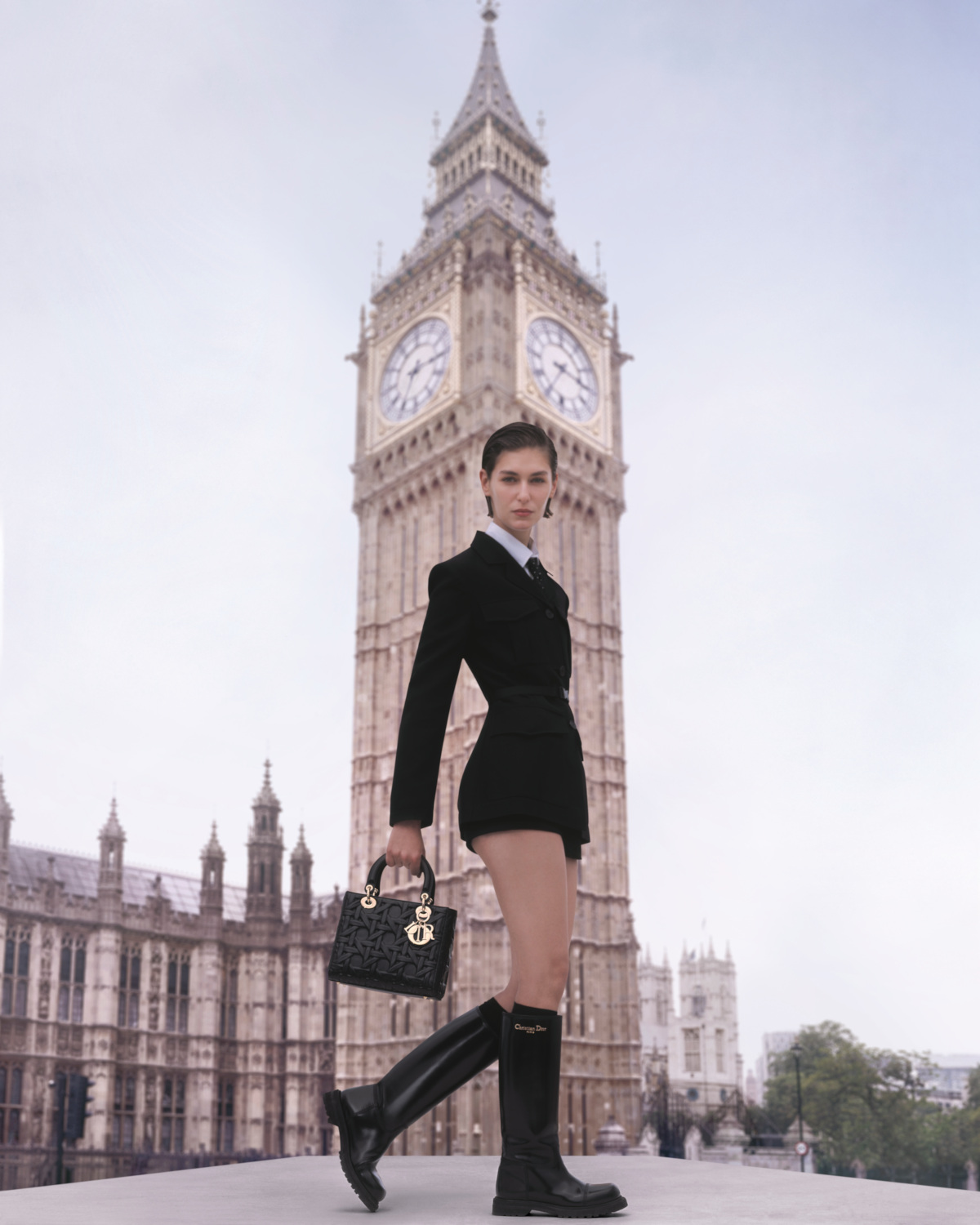
(c) Brigitte Niedermair
It was Maria Grazia Chiuri, the first female creative director, who supercharged the Lady Dior, reimagining it in multiple leather finishes but also canvas toile de Jouy and animal print. (In 2019, Diana’s daughter-in-law, Meghan, was spotted with a black canvas version.) Chiuri loves bags – earlier in her career at Fendi she was part of the team that came up with the Baguette. ‘Accessories have become a sort of language to say what kind of woman you want to be. The Lady Dior is part of that tradition,’ she said in 2020. ‘If I carry a Lady Dior bag, I’m just a little bit like Lady Diana.’
Chiuri miniaturised and maximised the Lady Dior and created an East West version. Dior’s bestselling Book Tote, introduced in 2018 and the supernova of recent It Bags, is essentially an oversized Lady Dior, minus the charms. It was birthed through Chiuri’s own love of books and her need for a bag to carry them all back and forth on her weekly flights between Dior’s Paris HQ and her home in Rome.
The Lady Dior’s seemingly endless variety will be on display soon in a new pop-up in Harrods, where Dior fans will be able to customise their Lady Diors, Dior Toujours and Book Totes with a wardrobe of charms. Alongside the alphabet, there will be butterflies, flowers, pearl drops, D dice and metal and leather stars.
The zodiac signs tap right into the spirit of the early days of the house. Christian Dior, like his rival Gabrielle (Coco) Chanel, was one of the earliest ‘woo’ designers. Unashamedly superstitious, he consulted clairvoyants before making big decisions and was fascinated by numerology, which holds the number eight as propitious. He opened his first boutique in Paris on the eighth of the month on Avenue Montaigne in the 8th arrondissement of Paris and, from his New Look collection, christened an outfit Eight.
While the Harrods pop-up gives Lady Dior fans an opportunity to turn designer, Dior’s new creative director – Chiuri’s successor – will doubtless have his own aspirations for this now totemic bag. Jonathan Anderson is the man responsible for Loewe’s Puzzle Bag, one of the most famous new classic bags of the past decade. Stand by for intrigue and spectacle when he takes the Lady Dior for a spin.

